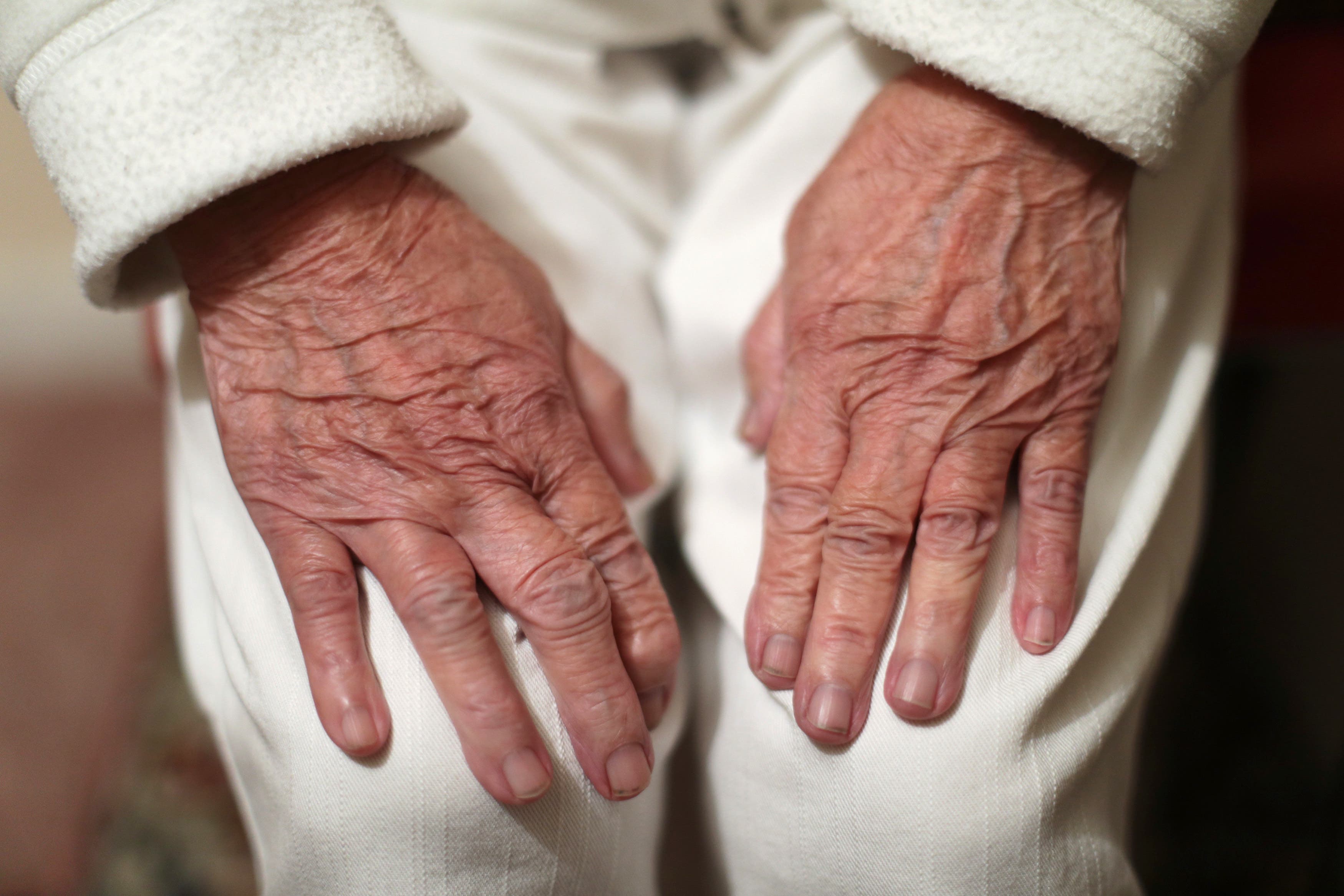Osteoarthritis may affect nearly one billion people by 2050, study projects
Researchers analysed 30 years of osteoarthritis data covering more than 200 countries.

Your support helps us to tell the story
From reproductive rights to climate change to Big Tech, The Independent is on the ground when the story is developing. Whether it's investigating the financials of Elon Musk's pro-Trump PAC or producing our latest documentary, 'The A Word', which shines a light on the American women fighting for reproductive rights, we know how important it is to parse out the facts from the messaging.
At such a critical moment in US history, we need reporters on the ground. Your donation allows us to keep sending journalists to speak to both sides of the story.
The Independent is trusted by Americans across the entire political spectrum. And unlike many other quality news outlets, we choose not to lock Americans out of our reporting and analysis with paywalls. We believe quality journalism should be available to everyone, paid for by those who can afford it.
Your support makes all the difference.The most common form of arthritis, osteoarthritis, affects 15% of the global population over the age of 30 – and it is estimated that by 2050 nearly one billion people will have the condition, researchers say.
Obesity is a major contributor to osteoarthritis, and in 2020 was responsible for approximately 20% of the disability of osteoarthritis – which causes joints to become painful and stiff, the study suggests.
The condition increases with age, and international research found that for those aged 70 and older it ranked seventh among causes for years lived with disability (YLDs).
The research, published in The Lancet Rheumatology, analysed 30 years of osteoarthritis data (1990–2020) covering more than 200 countries.
With the key drivers of people living longer and a growing world population, we need to anticipate stress on health systems in most countries
It was led by the Institute for Health Metrics and Evaluation (IHME) as part of the Global Burden of Disease Study 2021.
According to the findings, cases have increased rapidly over the past three decades because of three main factors – ageing, population growth, and obesity.
In 1990, 256 million people had osteoarthritis. By 2020, this number rose to 595 million people – a 132% increase.
By 2050, experts project this figure will reach the one billion mark.
Dr Jaimie Steinmetz, the paper’s corresponding author and lead research scientist at the IHME, said: “With the key drivers of people living longer and a growing world population, we need to anticipate stress on health systems in most countries.
“There is no effective cure for osteoarthritis right now, so it’s critical that we focus on strategies of prevention, early intervention, and making expensive, effective treatments like joint replacements more affordable in low and middle-income countries.”
The knees and hips are the most common areas for osteoarthritis.
By 2050, osteoarthritis is projected to increase by 74.9% in the knees, 48.6% in the hand, 78.6% in the hips, and 95.1% in other areas like the elbows and shoulders.
It is also estimated that more women than men will continue to grapple with the condition.
In 2020, 61% of osteoarthritis cases were in women versus 39% in men.
Dr Jacek Kopek, senior author and professor in the School of Population and Public Health at the University of British Columbia, said there is a combination of possible reasons for the difference.
He explained: “The reasons for gender differences in osteoarthritis prevalence are being investigated, but researchers believe that genetics, hormonal factors, and anatomical differences play a role.”